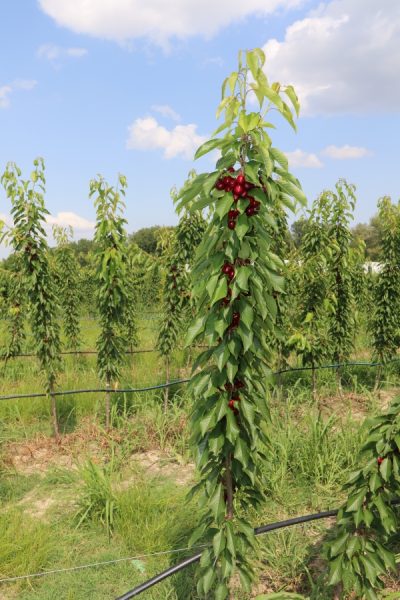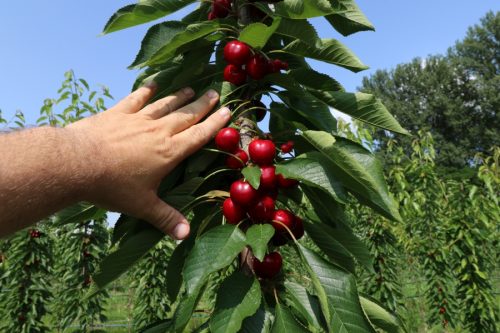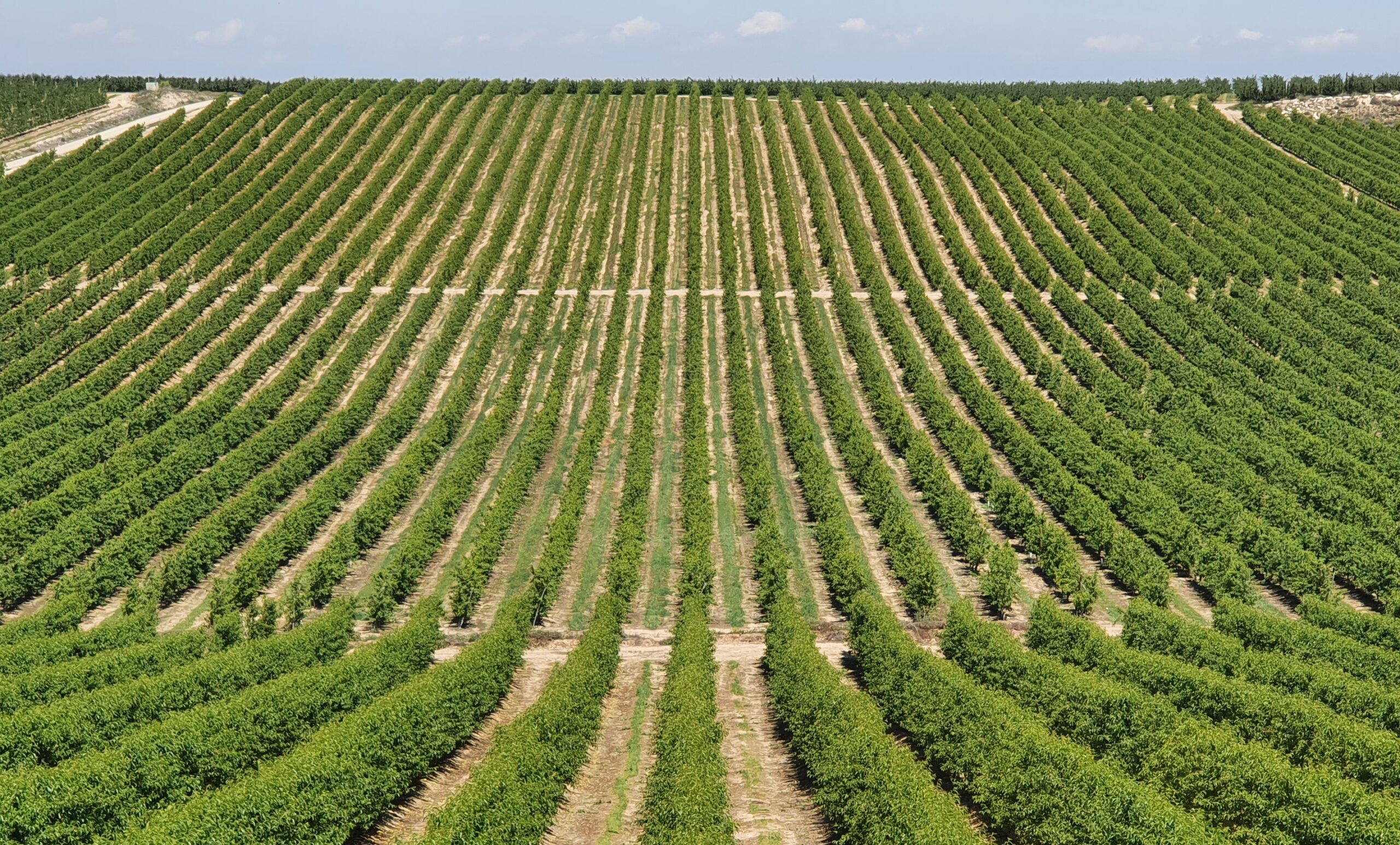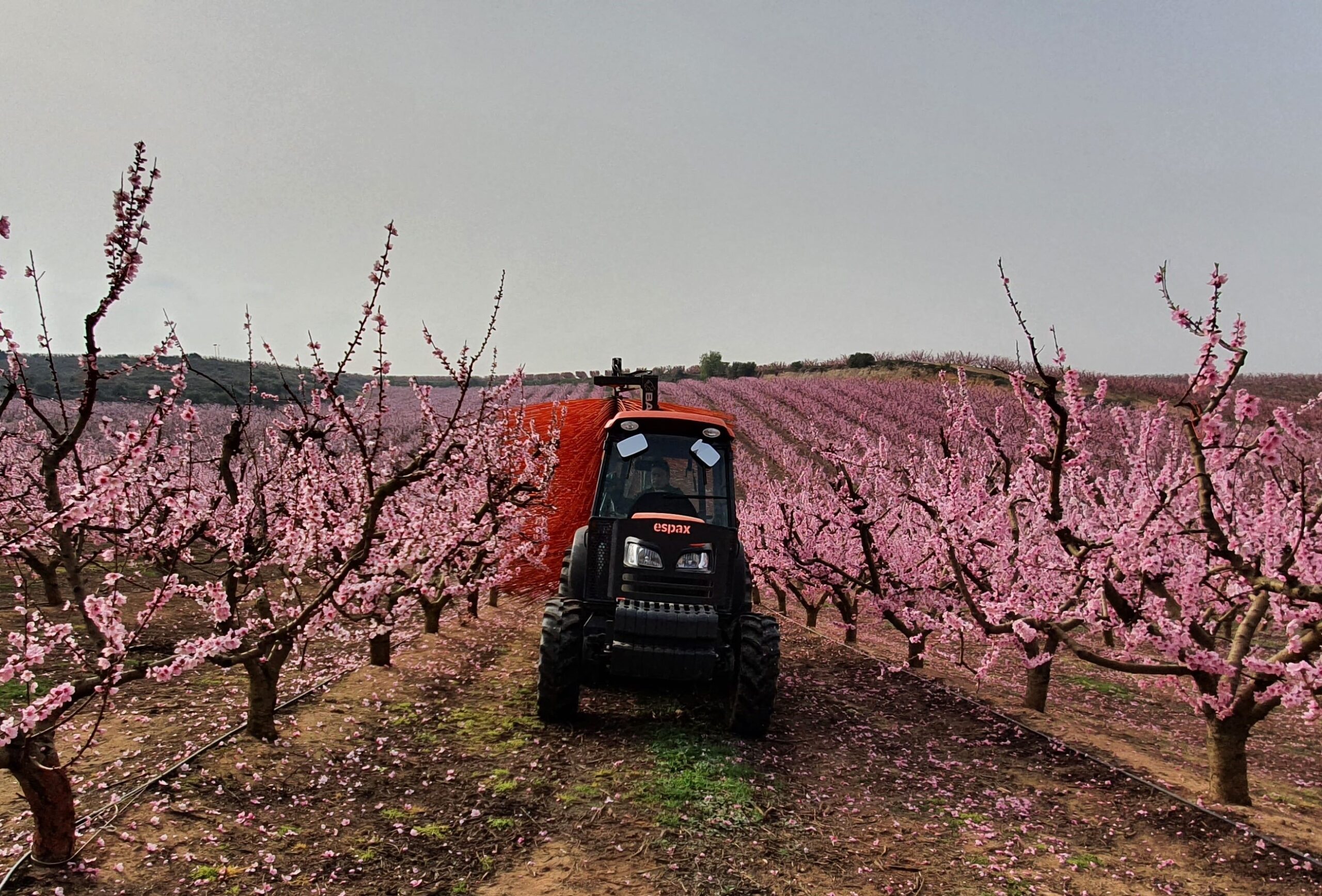Corette: From Michigan, a Revolution for Sustainable Cherry Cultivation
Cherry cultivation has always sparked notable interest in the horticultural sector, even at times when other species, such as peaches, were going through deep crises
Cherries have reaped the benefits of a combination of factors: growing consumer appreciation, varietal innovation, and improvements in cultivation models. Varietal innovation—first with the achievement of self-fertility, then with enhancements in flavor profiles, shelf life, color, fruit size, and the extension of the harvest calendar thanks to new varieties—has contributed greatly to the growth of this sector.
The Need for New Models for Modern Orchards
The shift toward two-dimensional training systems is the obvious path forward if the cherry industry wants to keep growing profitably and attract new investments and resources. High-density systems meet the need for precision cherry solutions, ranging from autonomous management equipment to streamlined pruning, soil, and canopy management—tasks that are greatly simplified in wall-trained systems. These are essential elements for the sustainability and growth of the sector.
From Michigan, a Possible Solution: Corette, a series of cherry rootstocks—including Clinton, Cass, Crawford, Lake, and Claire—each with different vigor and distinct characteristics, designed to meet the needs of modern cherry production. The Corette series can be used in medium-, high-, and ultra-high-density wall plantings, adapting to whichever training system the grower chooses.
In recent years, numerous commercial trials have been conducted in different regions of Spain (Cáceres, Mequinenza, Huesca) and Italy (Bari, Sammichele di Bari, Vignola) to standardize and validate the use of these rootstocks. The preliminary results are very promising, especially considering the extreme climate conditions of recent years with dry summers and a lack of rainfall. All the rootstocks responded very well to water stress and high temperatures—challenges that modern cherry orchards must face in order to move forward.

Cass, Crawford, Lake: Adaptability and Performance Against Climate Change
This resilience comes down to genetics: when comparing the Corette series to other commonly used materials for high-density systems, it’s easy to see that under even minimal water stress and when temperatures rise above 90°F (32°C), the vegetative tips of non-Corette rootstocks quickly stop growing and show significant stress. This was a major limitation of wall-trained systems in southern Spain and Italy, where the lack of suitable rootstocks had essentially blocked the adoption of two-dimensional models.
Today, the Corette series makes it possible: rootstocks that withstand water stress and high temperatures better, allowing growers to normalize these models even at lower latitudes. It’s difficult to define the “perfect” rootstock—because it doesn’t exist. If it did, scientific efforts to find new ones would be unnecessary. But there are rootstocks that adapt better to specific climate conditions, nutritional needs, and chosen training systems.
Cass is the go-to rootstock for those seeking early ripening. It has moderate vigor, somewhere between G-5 and G-6, making it excellent for wall or pot systems with reduced vigor. It comes into production very early and brings harvest dates forward by an estimated 4–6 days compared with other rootstocks in the same series and standard references like Adara, Colt, Maxma, and Prunus Mahaleb.
This earliness is especially noticeable in early varieties such as Nimba or Sweet Aryanna, and it’s paired with a significant increase in fruit size—up to 27% larger compared with Prunus Mahaleb, the reference rootstock in southern Italy. This opens up important opportunities: meeting demand for a given variety but offering it to the market earlier thanks to a different rootstock, thus extending the supply calendar and building greater customer loyalty.

Relying solely on a single variety for market continuity and stability is not always enough. The “perfect variety” doesn’t exist either. Sometimes, everything should be considered from the roots up.
For those seeking intermediate vigor and robustness, Crawford is the answer. Its vigor is similar to G.6, very hardy, and well-suited to less-than-ideal soils. It shows promise in replanting situations and orchard renewal cycles. It can be used for potted or central leader plantings, enters production early without compromising yield or fruit size/weight, and supports mid- to late-season and self-fertile varieties that are prone to overproduction.
Lake sits in between: less rustic than Crawford but still hardy, while also advancing ripening slightly. It is shaping up to be a solid intermediate option that combines several traits valued by experienced cherry growers.
Promising Prospects for the Corette Series
These are still early evaluations, and more years of trials and experiments will be needed to confirm the data. But the fact that trials have been conducted in different regions with different varieties makes us optimistic about this series, which will undoubtedly boost a market of great interest.
Also noteworthy are Claire and Clinton, though trial results for them are still partial. Clinton seems to show the lowest vigor of the group, while demonstrating excellent hardiness—something that appears to be a genetic hallmark of the entire series.







